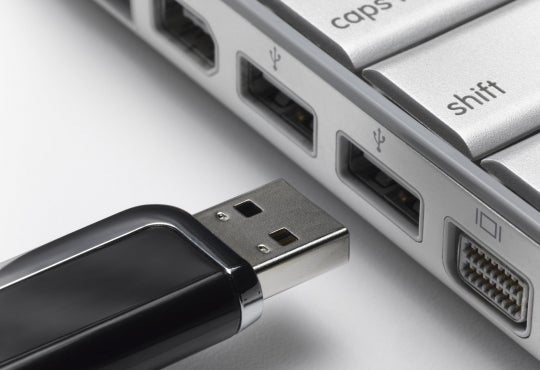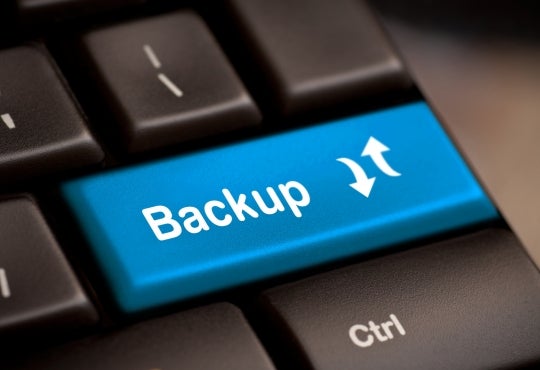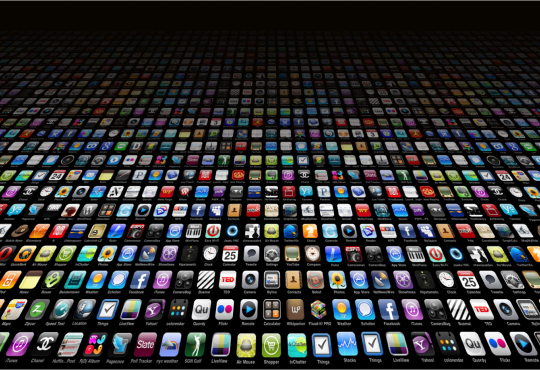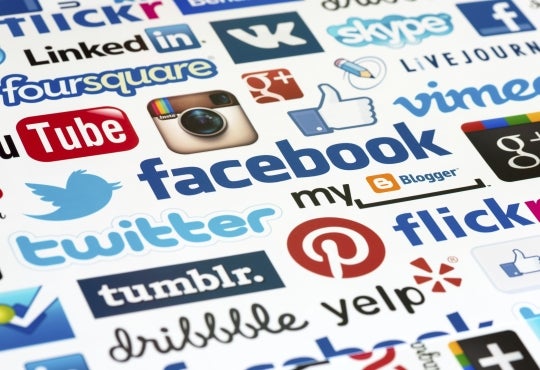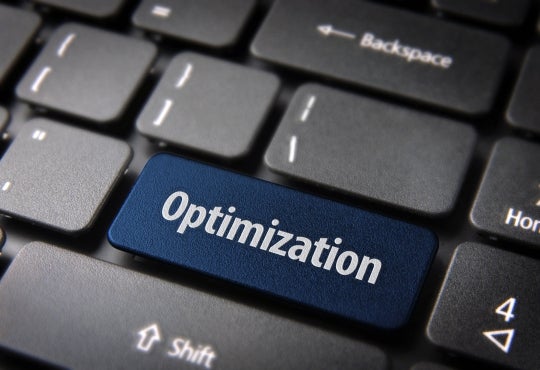The Internet has become a phenomenon that swept the world off its feet since its rise in the 1990s. The power of the Internet is governed by three fundamental forces: computing power, storage capacity and access. In the last fifteen years, the computer power and the storage capacity has continued to advance at an exponential rate. This is clearly seen by decreases in price for computers, components, and storage. New and better technologies are continuously developed within months of each other. However access, the last part of the puzzle, is not doing so well. Internet speed in particular is behind the curve. 
As seen in the above figure, after cable/modem and broadband access became widely used, it has not seen any sign of significant improvement since the year 2000. An average person today, in America, would have access to a roughly just about 6Mbit/s internet connection and the price he would pay, per speed unit, is also roughly the same as 15 years ago. However, South Korea and Japan have completely rebuilt and restructure their entire communications infrastructure in a few years. They managed to take the average household Internet speed up to 50Mbit/s.
Then, in Kansas City, July 2012, Google finally announced its Google Fiber project. Google has finally decided to bend the curve into the same trend as computing and storage. It is Google’s goal to make improved network speed standard, accessible and universal, boasting an amazing speed of 1Gbit/s upload and download, 100 times faster than the average speed everyone is getting.
With this insane speed, Google has planned out an entire ecosystem revolved around Fiber Internet. The most packed plan that Google has, The Full Experience, includes Fibre Internet with no data cap as well as Fiber TV. Google promises that Fiber TV will include every mainstream channel and hundreds of your favourite channels as well as on-demand and premium channels in crystal clear HD. Besides these two biggies, the plan comes with a 2TB storage box as well 1TB Google storage across Gmail, Drive and G+ photos. Google also includes a Nexus 7 tablet for free as it is now the official remote control for your Fiber TV, Network Box, TV Box and Storage Box, which are also included. The Network Box is the central unit as this is where the Fiber Internet is distributed in a home. The Storage box has 1TB of storage or 500 hours of HD recording and you can record up 8 shows at any given time. The TV Box does not only provide Fiber TV signal to your TV but it also serves as Wi-Fi hot spot, further strengthening your homes Fiber Internet access. The TV Box is also fully compatible with any home media standard set up with HDMI, component, or composite video outputs for TV or stereo and optical S/PDIF ports for audio as well as Bluetooth enabled.
The only way to get Google Fiber to your neighborhood is to get your whole community together to sign up for it. Google will have to physically construct the fiber line and wire it to your and your neighbours’ homes but each of you will have to pay separately for installation. Google will only bring Fiber to places that show enough interest. Currently, Google Fiber is in Kansas City, KS and MO. Google also promises that as they start deploying this service in a community, all school, public facilities and building will be provided with Fiber Internet free of charge.
This is a remarkable project that Google has taken on. Google says they will maintain and keep improve the quality and speed of Fiber Internet. It will be interesting to see where this will end up in a few years. Many speculate that it is a fantastic idea while others think it will not be successful since it is hard to get past the ISP giants like Bell and Rogers.
References
[i] [Fiber Internet]. (n.d.). Retrieved from https://www.walldevil.com/wallpapers/w03/941372-cables-cgi-computers-ethernet-cable-internet-optical-fiber.jpg



